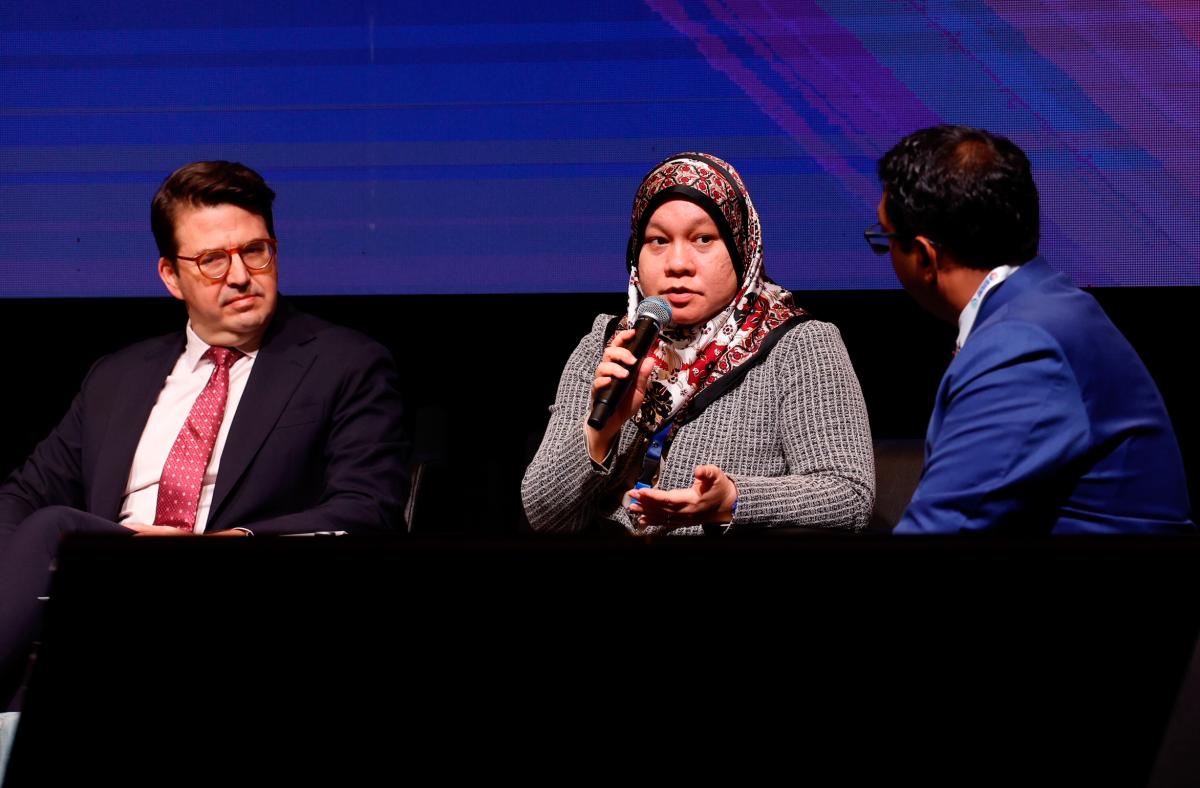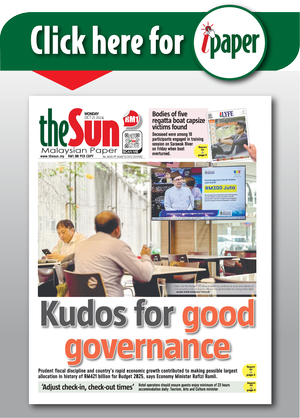KUALA LUMPUR: The electricity tariff reform introduced in July this year was a crucial step to strengthen Malaysia’s energy ecosystem – supporting a more decentralised model as homes, businesses and industries increasingly generate their own solar power while safeguarding grid stability amid the growing adoption of renewables.
Energy Commission Malaysia CEO Siti Safinah Salleh said 60% of Malaysia’s solar output now comes from the distribution level, such as rooftop and commercial systems, not large-scale solar farms.
“Many people do not know that our system is changing. Decentralised generation, rooftop solar and new industrial demand profiles now require a different approach to cost recovery. That is exactly how I told it to our Cabinet to get that approval (of the tariff change), because our system is changing,“ she told SunBiz at the Asean Energy Business Forum yesterday.
She said Malaysia has now reached phase three of renewable integration, where variable renewable energy such as solar is beginning to reshape the country’s system profile.
“Before this, peak electricity demand typically occurred around 3pm, but it has now shifted to just before 9pm due to the surge in daytime solar generation.”
According to Siti Safinah, data from the national grid shows a new load curve resembling “two small hills and one larger evening peak”, indicating how renewables have changed consumption patterns.
She said the Energy Commission is assessing how to prepare the grid for this new pattern by introducing battery energy storage systems and other flexible technologies to stabilise supply.
“We hope to see a smaller, smoother ‘duck curve’, not a big one. It’s very important that we continue to monitor, forecast and predict how the system behaves, identify operational measures to manage variability, and feed those insights into forward planning.”
She added that understanding how new demand segments such as data centres and high-tech industries are shaping electricity consumption is also essential for future planning.
“We also can see that these high-consumption users will soon account for a major share of the national load profile.”
Siti Satinah said the commission also needs to account for changing weather patterns in its planning.
“As you know, on the Peninsular Malaysia side, we are not blessed with strong wind resources to develop large-scale wind energy. However, we have much greater solar potential, so our planning is naturally geared toward the solar profile in this region.”
She said the commission has set up several task forces that bring together grid planners, fuel suppliers and distribution operators to coordinate long-term energy planning. “It is only fair that we change the way we price electricity as the system evolves. Everyone, including regulators, utilities and consumers, needs a mindset change to build a more flexible, resilient grid.:”
Malaysia’s electricity tariff restructuring, which took effect in July under Regulatory Period 4, was the country’s first major overhaul of the power pricing framework in more than a decade. The new structure unbundles energy, capacity, and network costs and introduces a monthly automatic fuel adjustment, shifting from uniform, centrally determined rates to more cost-reflective pricing.
Key changes included an average base tariff of 45.4 sen/kWh and the introduction of new categories (low, medium, and high voltage) for non-domestic users.
A new fuel cost adjustment mechanism called Automatic Fuel Adjustment (AFA), replacing the older Imbalance Cost Pass-Through mechanism.
Under AFA, adjustments in fuel costs and foreign exchange rates are passed monthly.
Domestic users consuming less than 1,000kWh benefit from rebates and stable pricing.
In contrast, high-consumption industrial users such as data centres and heavy manufacturers now face rates that reflect the real cost of supply.









